Do Kids Really Need To Reconnect With Nature?
On Chappell Roan, accidentally becoming wildlife paparazzi, and questioning so-called "nature deficit"
A few minutes after we got into the ocean last week, my 7 year old daughter started screaming…
In the clear water, we saw a sea turtle the size of a bathmat that had unhurriedly brushed past her foot. It was beautiful, magical, and also, for a moment, terrifying.
We were on the last phase of a well-nigh European summer vacation, combining three distinct trips into one, saving some air miles in the process. The first leg was a week with me, Adam and the kids in Yellowstone and Grand Teton National Park, followed by me and the kids attending a bar mitzvah of chosen family in Los Angeles, and then meeting my parents, sister, brother-in-law and nephew for a week in Maui. (We’re separated by 1300 miles; we’ve agreed that the next big family meetup will be within driving distance for at least some of us).
A big selling point for both Maui and Yellowstone is the extremely abundant and charismatic wildlife. Driving through the Lamar Valley, and along Moose Wilson Road in the Tetons, almost felt like a safari, with lines of SUVs stopped to watch a herd of bison crossing the road or a moose munching the underbrush. We saw a pronghorn, close relative of the giraffe and the second-fastest land animal after the cheetah. People let us look through their scope at a faraway wolf and her pups, and my big kid spotted an inquisitive black bear very close to our hiking trail (we backed off, singing, “And he bravely ran away!”)
In Maui, we took a snorkel charter to Molokini Crater and spied dozens of different tropical fish. My favorite, for both its name and markings, was the threadfin butterflyfish. The magnificent frigatebird, with its 8-foot wingspan, wheeled above us. There’s a special cove where we watched numerous sea turtles (honu) chilling while they got groomed by cleaner fish.
As we were wrapping up, our captain was tipped off about a pod of spinner dolphins frolicking in the channel, and we headed their way. True to their name, they were hurling themselves out of the water, twisting, jumping, seeming to dance with joy.
I felt lucky, grateful, privileged, connected, exalted. The kids loved it. We bonded over it. It felt formative. There you are, together, in the holy presence of the more-than-human world.
And as I’m acutely aware, crafting this newsletter, this is the kind of experience that reads as good parenting: something you want your kids to have, to enjoy and to be seen enjoying.
On the LA leg of the trip, my friends and I took our six kids to Universal Studios. They binged Gravity Falls and played vintage arcade games and spent a ton of time in the pool: all super fun, for them, but those aren’t the bucket-list items that rack up the likes and comments on social media.
I think what I’m sitting with, as always in these times, is contradictions and mixed feelings. The joy is real. The beauty, the wonder, the love, the togetherness—yes, yes, yes, yes.
And also, the guilt of privilege, and how it feels to be “visiting” “nature” in these specific, protected and managed preserves that are simultaneously threatened by tourism itself, plus climate change (timely piece in The New York Times).
Yellowstone is America’s first national park, and over the centuries it’s been the locus of ongoing debates about the bison, wolves and bears that it sustains (not to mention the lives of the Native nations that were displaced from throughout the American West, in part by White people’s intentional slaughter of the bison). While there, we saw billboards for an ongoing campaign to strike the grizzly bear from the threatened species list; mostly, it seems, because people want to shoot it.
As for the spinner dolphins off Maui? They weren’t leaping in transcendent joy and interspecies communion, it turns out. They were freaking out.
NOAA says “human interactions and viewing pressure” is the top threat to this species, specifically in Hawaii.
“Individual dolphin responses include: Increased displays such as leaping, spinning, or tail slapping when closely approached by vessels and swimmers…Response to disturbance…ultimately diverts time and energy from fitness-enhancing activities (such as resting and recuperating after an energetically-costly night of foraging for prey). These responses may, over time, result in negative effects to the fitness of individuals or resident populations.”
Basically, the dolphins are Chappell Roan saying “leave us alone!”
Where does this leave us? Where does it leave our kids?
I’m not coming in here with some hot take that visiting national parks is actually bad.
“Much research points to positive effects of nature exposure,” for children. “Experiences in nature are thought to profoundly influence a child’s physiological, emotional, and social development.”
And yet, I’ve always been a little allergic to the idea of “nature deficit disorder,” as popularized by the bestselling book Last Child In The Woods. A critique by Elizabeth Dickinson , a scholar of communication and the environment, points out that the concept relies on a narrative as old as the Bible: paradise and the fall.
The myth is that sometime in the hazy, nostalgic past, children had dirty knees, clean air, room to roam, jars full of fireflies, a bit o’ twine tied to a fishin’ pole, and weren’t seen indoors from dawn to dusk. And now? Well, it’s nothing but theme parks, video games and binge-watching TV.
This narrative leaves out the inconvenient reality that the US was more polluted in our grandparents’ time and even in my childhood than it is now. Generations of kids grew up in airless slums or toiling on farms.
Furthermore, the most-often promoted response to so-called “nature deficit” is a commodified, sanitized and compartmentalized version of nature that is most accessible to the privileged. Nature-based schools, camps, education programs; stuff that costs money and often requires travel out of cities into last, best places.
All of which, paradoxically, tends to underline the idea of deficiency. Nature is something alien, far away, fragile, in decline, in short supply, something that needs to be explained to you. And you! You pathetic video-game loving kid, don’t have enough of it, because you’re just not as virtuous as your grandpa.
That story, in turn, just tends to amplify the grief and anxiety and guilt and despair so many children and adults are feeling about the current state of nature. Which serves, in turn, to push us even further away from it.
My sister Kezia, and brother in law Jordan Bantuelle, happen to live on and run a nature education and retreat center in rural Mississippi that also serves as habitat for an endangered tortoise. And my sister’s about to qualify as a therapist and specialize in eco-psychology. So they had some rich reflections to share.
Kezia questioned my guilt over the spinners: “With the dolphins, whatever long term effect their display had on them, the wonder that they gifted to us...can we honor that beauty? Can we receive the gift, these gifts that keep on coming no matter how much we deny their impact on our lives?”
Nature isn’t something we go visit, and it’s not something we can leave behind, either. It is us, we are it. We are primates. We have a relationship of reciprocity and care and dependence. We always have the option to feel into our gratitude more deeply. Children have an innate biophilia, or resonance with nature, that can help guide them.
Instead of hoping to live with no impact on nature at all, an impossible hope, can we replace that with concern about being awake to our whole impact, and making a positive contribution as well?
This resonates very much with something I learned last year talking to Megan Bang, director of the Center for Native American and Indigenous Research at Northwestern University, who teaches teachers to teach in nature, and engage students morally and intellectually.
““Five-year-olds tend to have ‘the earth is scorched and unsavable’ models when they come to school. Kids come in with, ‘Humans harm the earth and the earth is dying….That doesn’t motivate action or change.” “
Bang, who is partly of Ojibwe descent, said she looks at different mental models of the relationship between humans and the natural world — do we see ourselves as apart-from nature, or part of nature? Broadly speaking, she said, in indigenous traditions, it’s the latter.
I’m returning home feeling that sense of connection, and with the gift of time away, I’m looking at my home with new eyes. What if the cardinals, streetside sunflowers and cabbage whites of Brooklyn offer up just as much beauty and wonder as candy-colored tropical fish or velvet-horned elk? What if it was all right there for us all along, and imperfect as we humans are, what if we could be a part of making it even more beautiful?
Some links
I’m so grateful that
chose to feature the podcast I produced, We Are The Great Turning, on an episode of Death, Sex and Money! She also interviewed the host, Jess Serrante, and the whole thing is worth a listen.My latest column is up at the Hechinger Report; it’s about integrating climate change across the higher ed curriculum.
Kezia Kamenetz, my sister, recommends a podcast interview with Tiokasin Ghosthorse, an activist and advocate who is a member of the Cheyenne River Lakota Nation of South Dakota. Among other topics, he talks about humility and innocence in the relationship with nature: “I need the Earth. Does the Earth need me?”





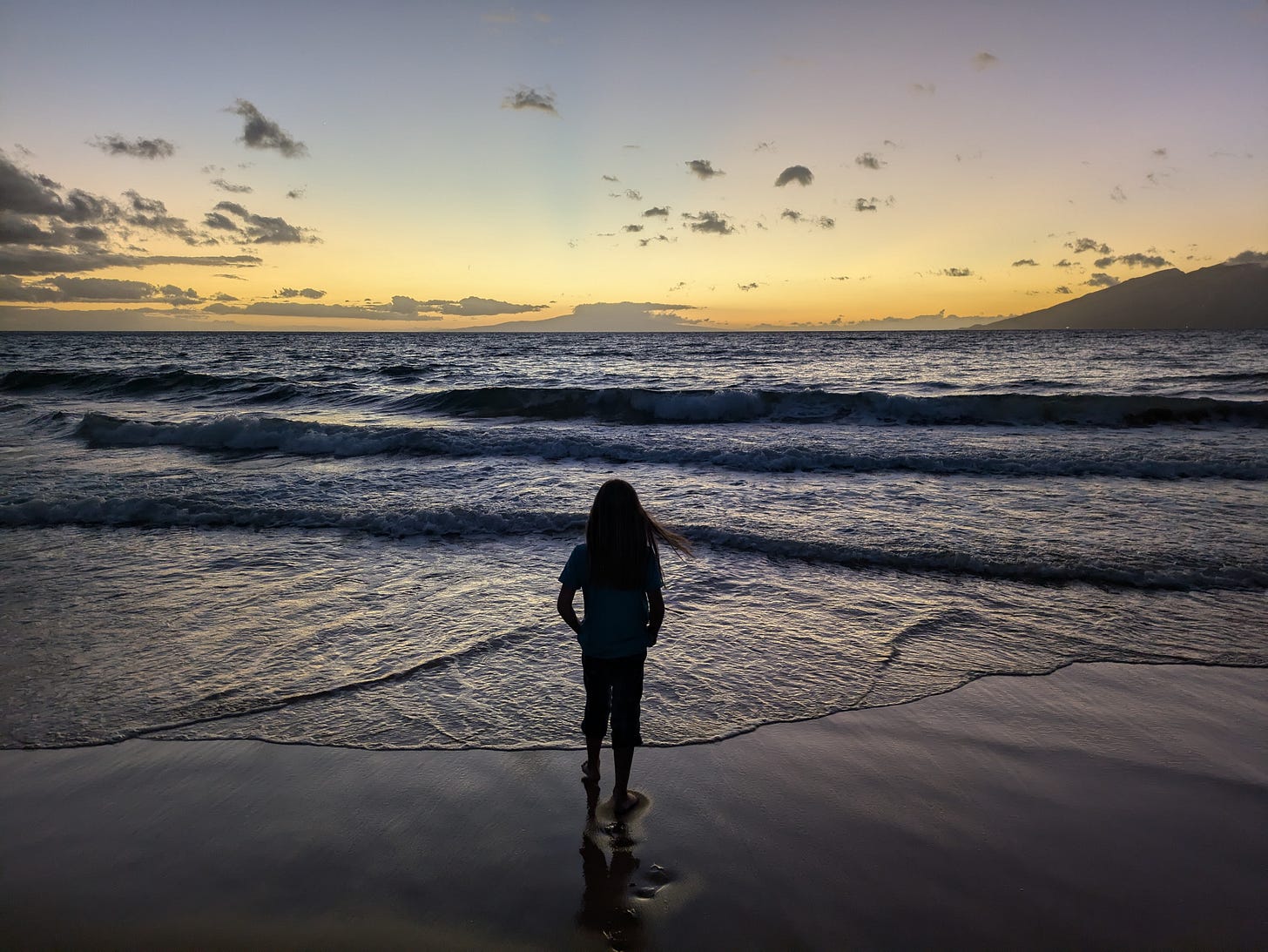
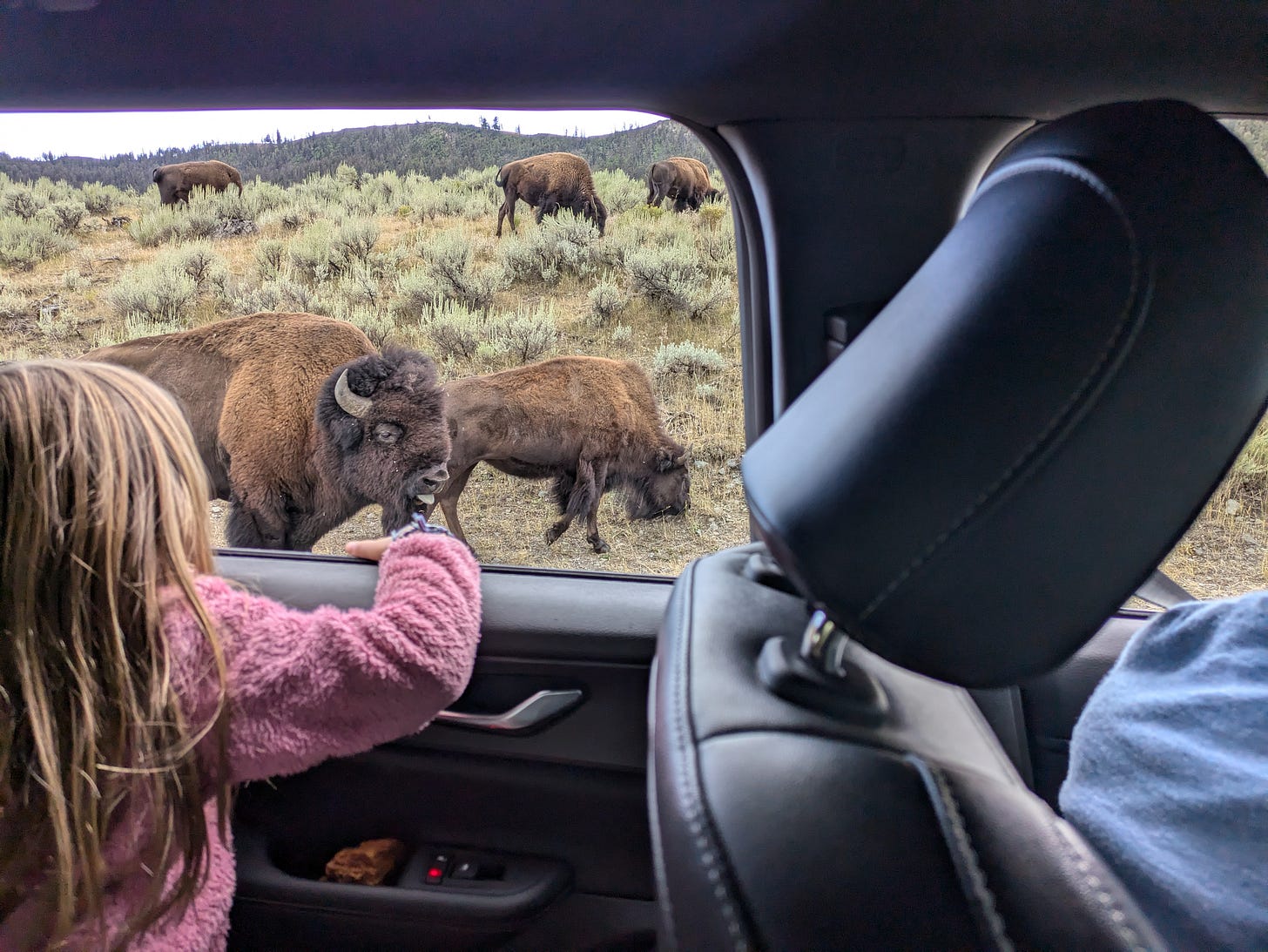

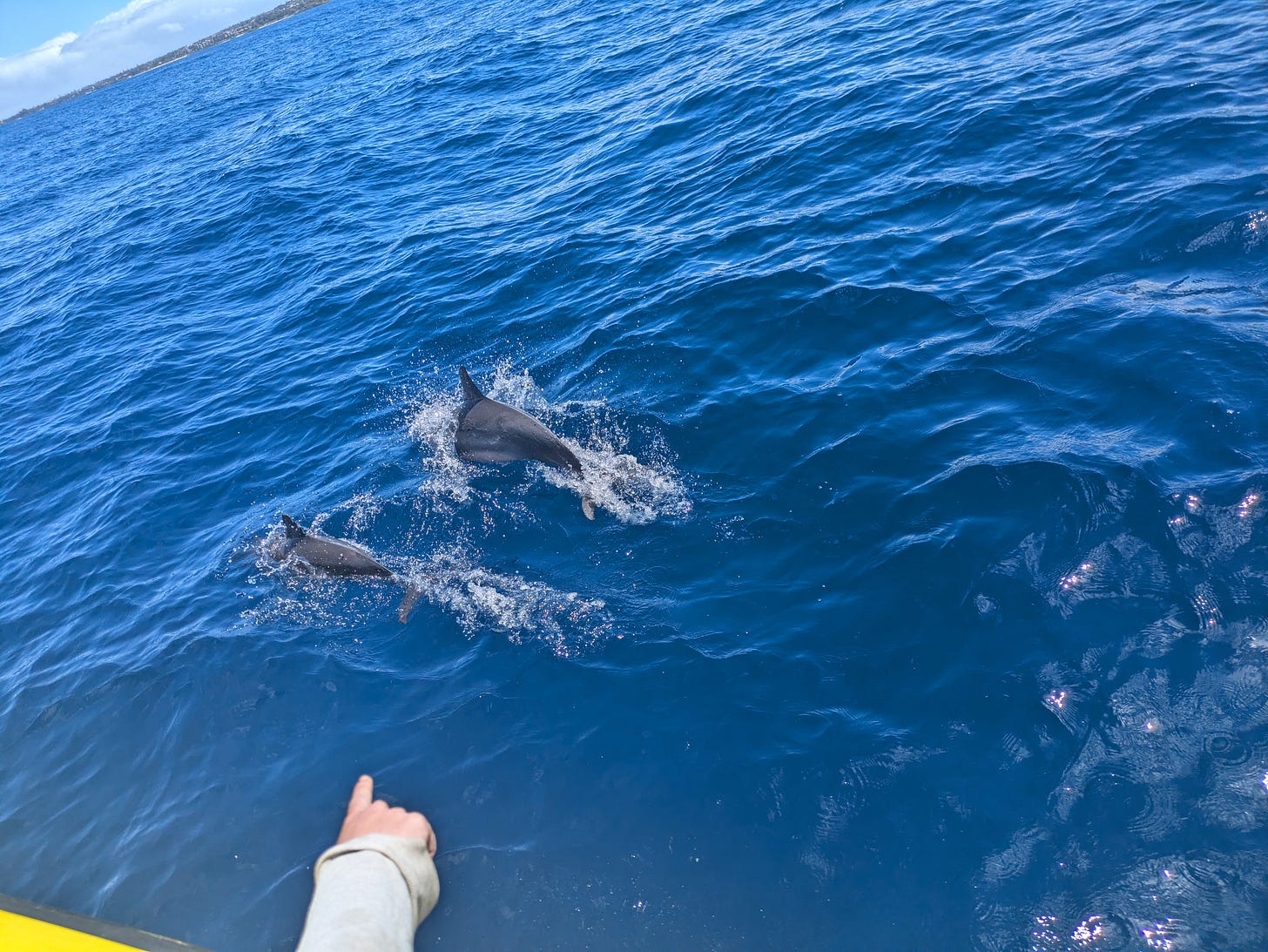
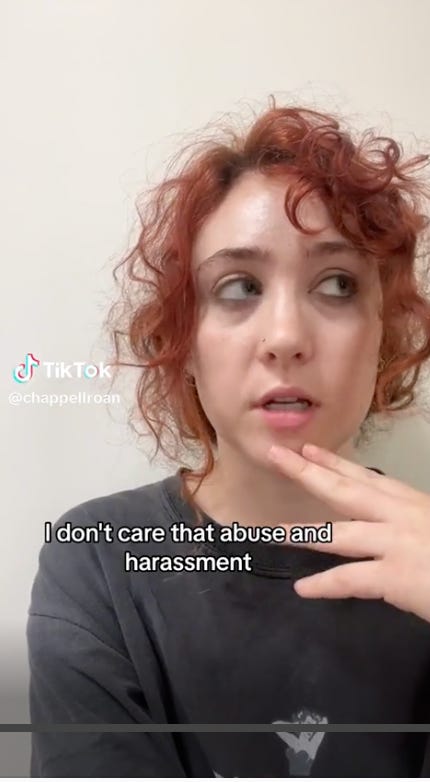

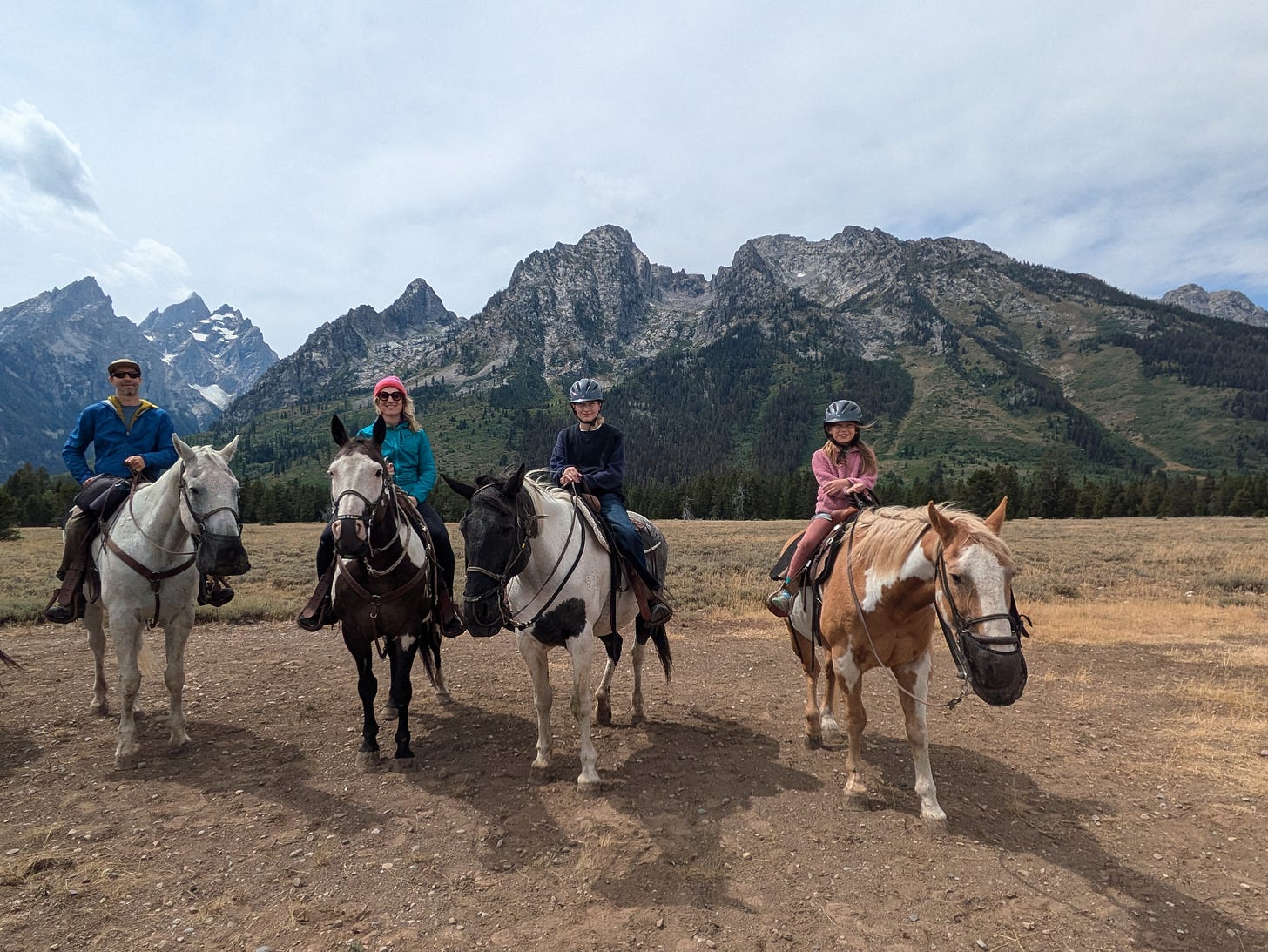
In re Cardinals in Brooklyn, this was the book that got me into birding: https://www.amazon.com/Slow-Birding-Science-Enjoying-Backyard/dp/0593329929
Still haven't done anything epic or exotic, but I notice dozens of birds each day that I didn't pay close attention to before.
your sister has wisdom - focusing on the gift, what connects... loved the reminders throughout this piece, Anya.